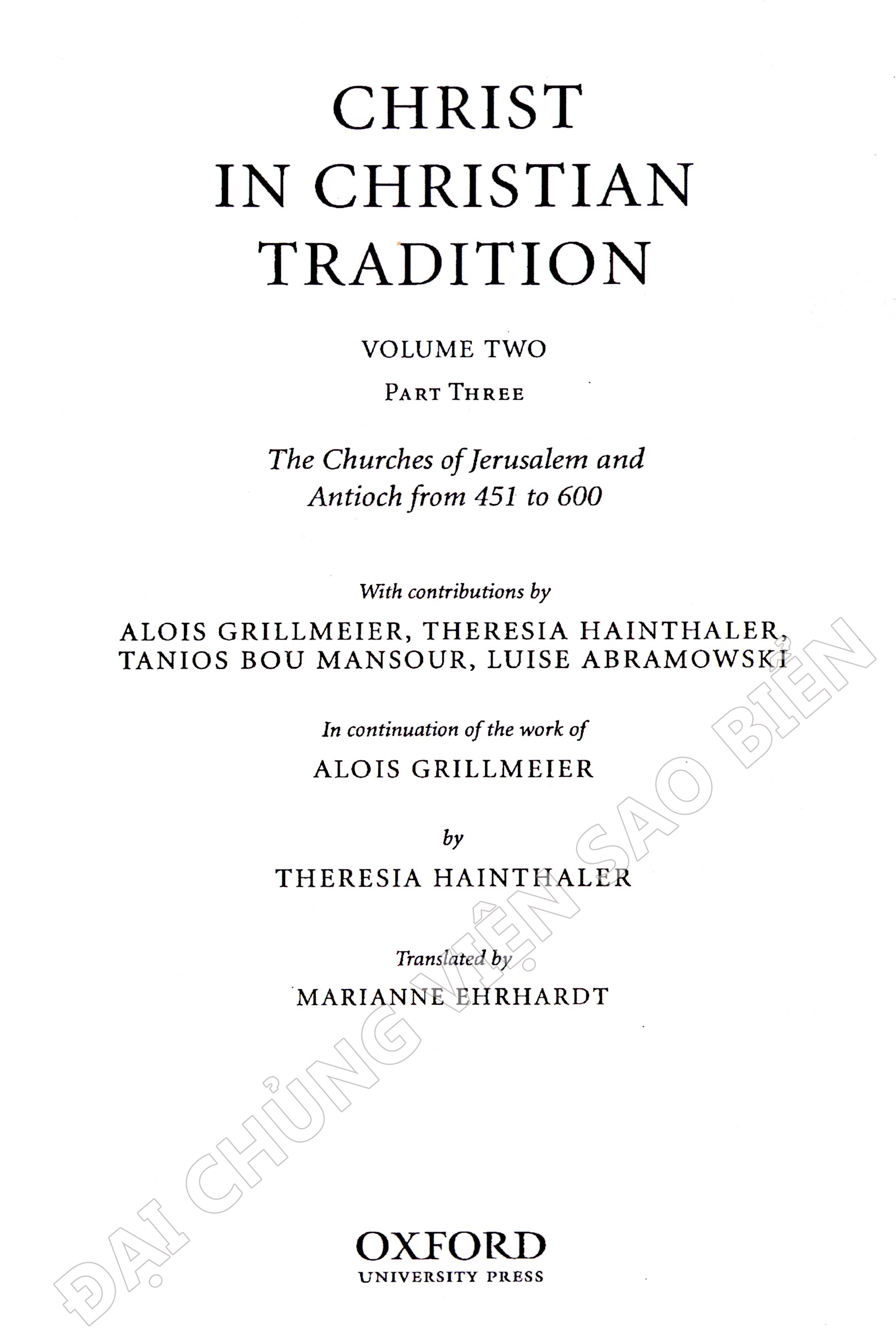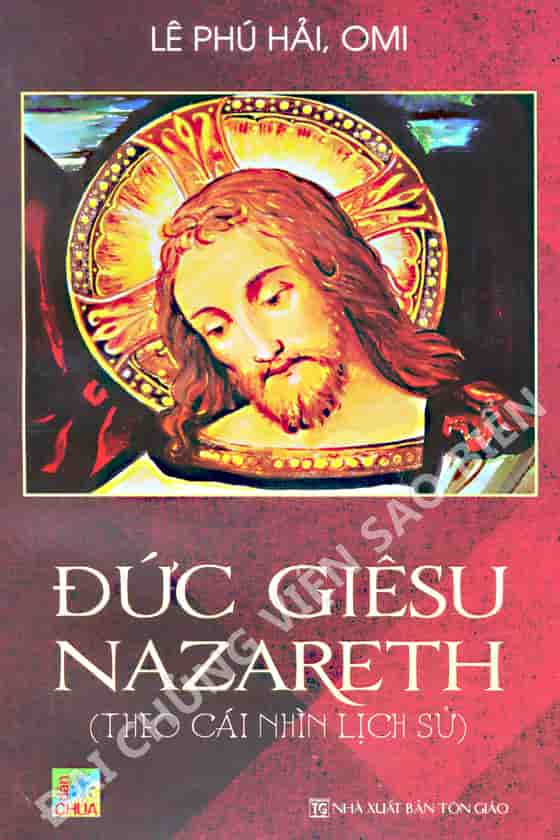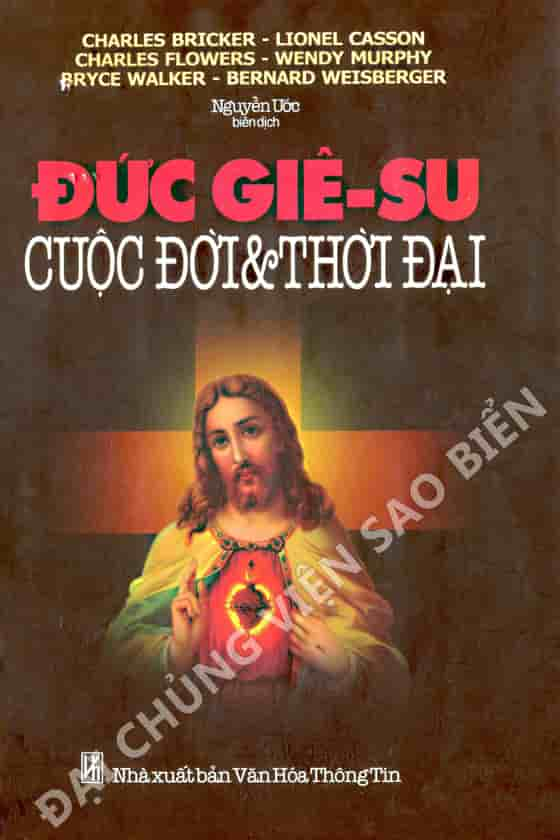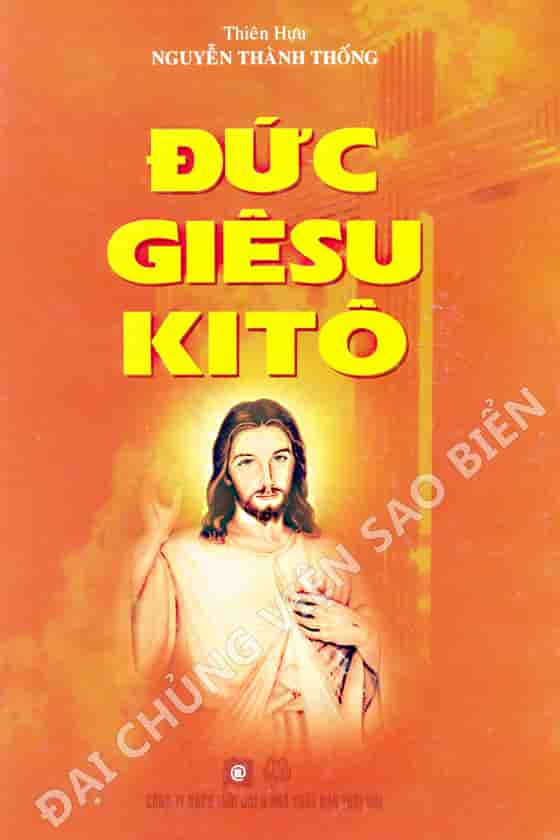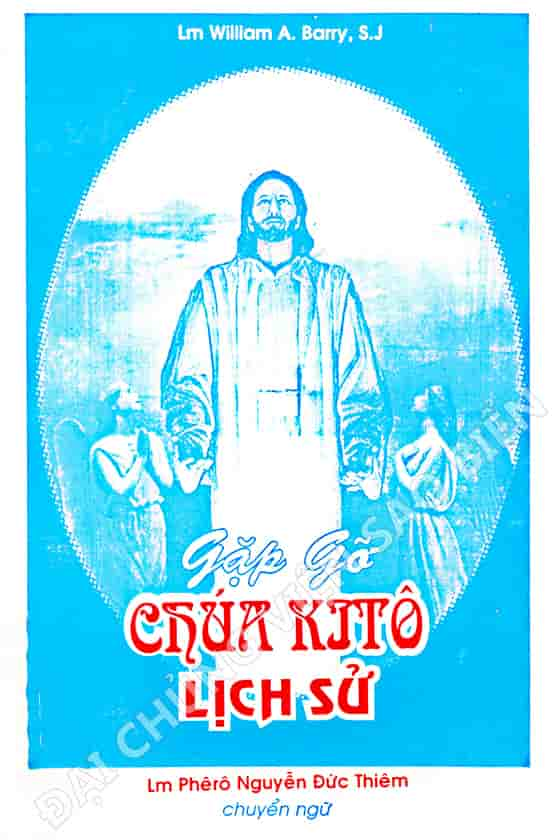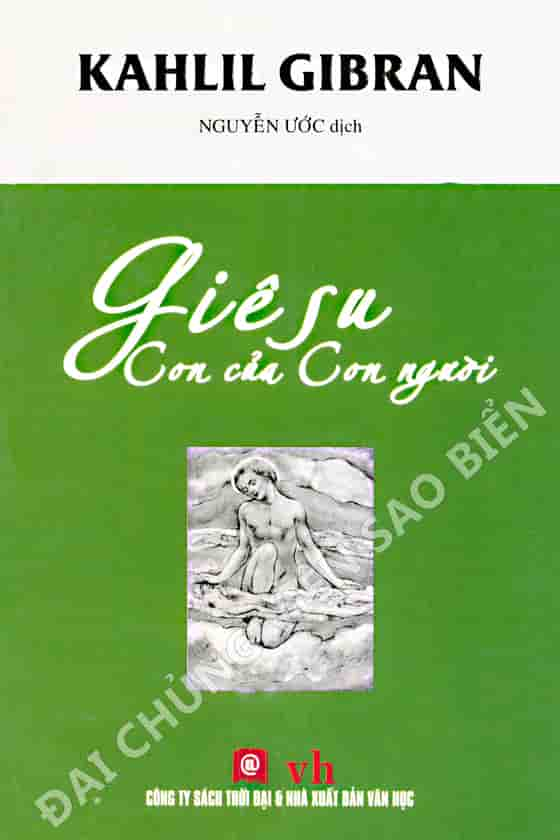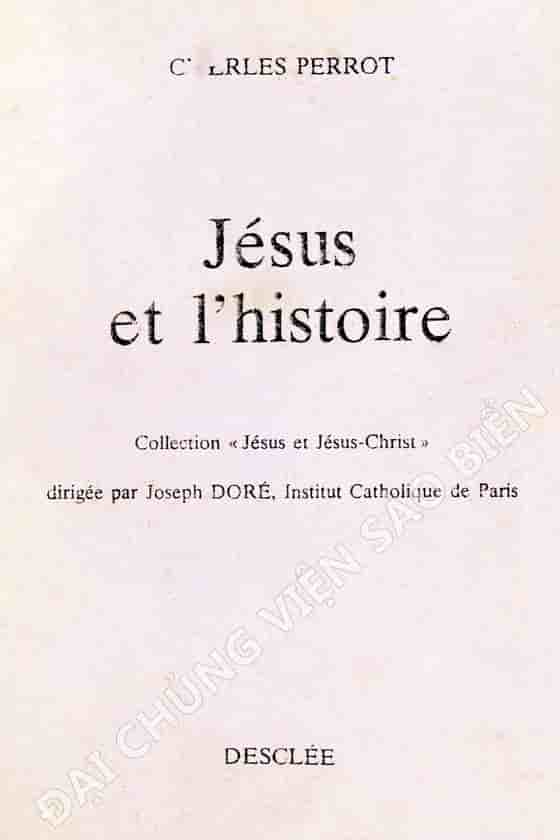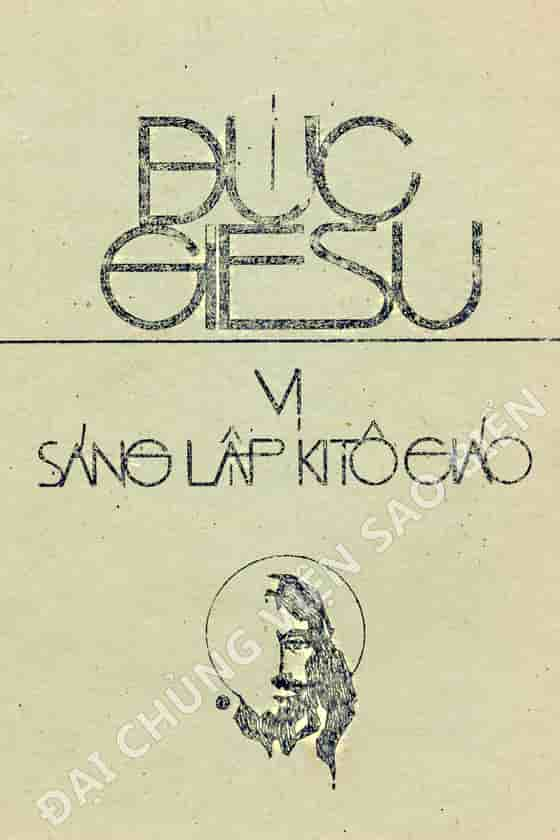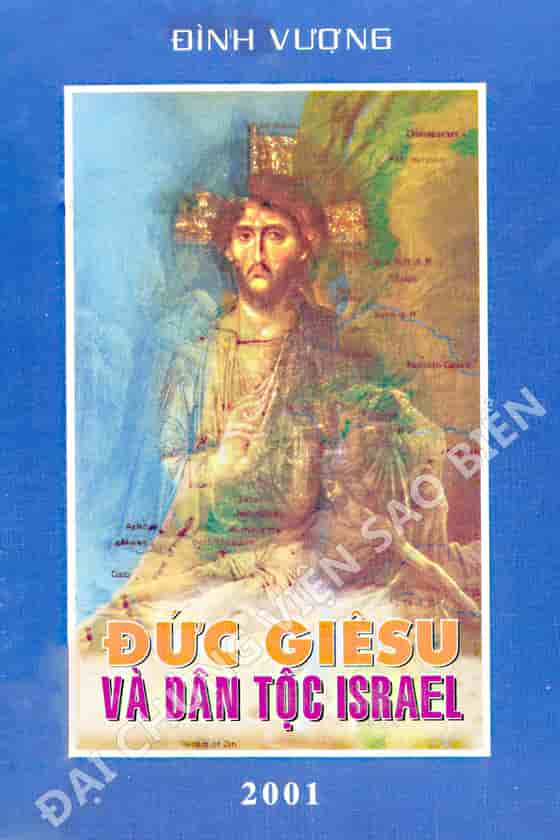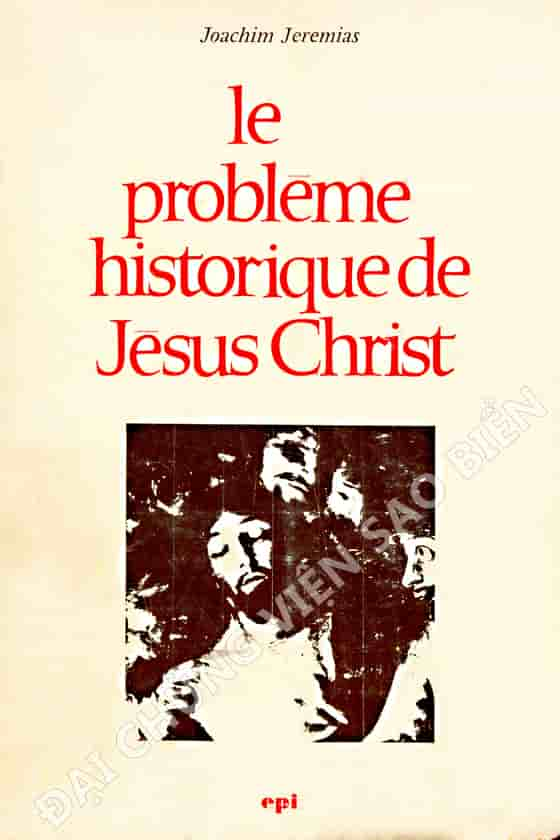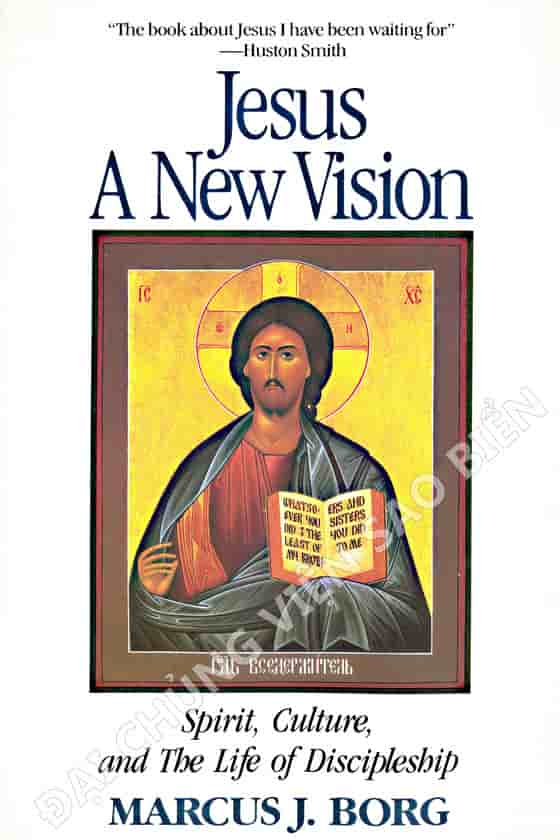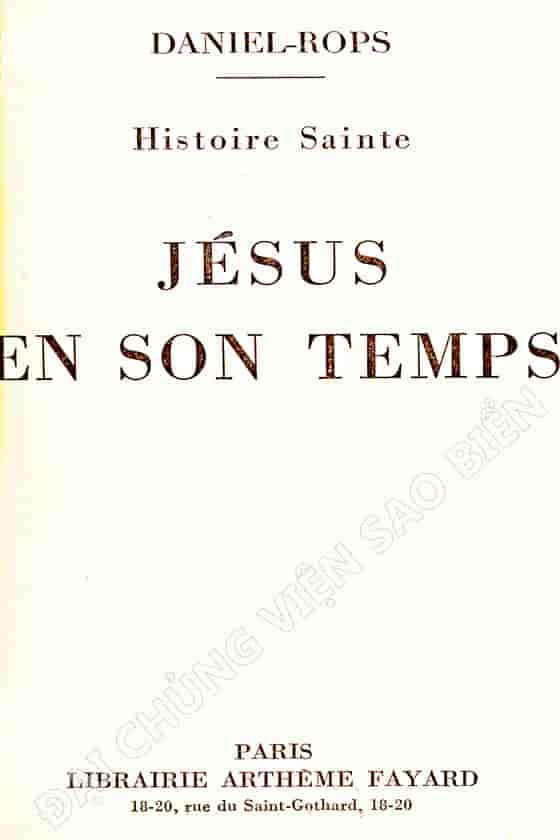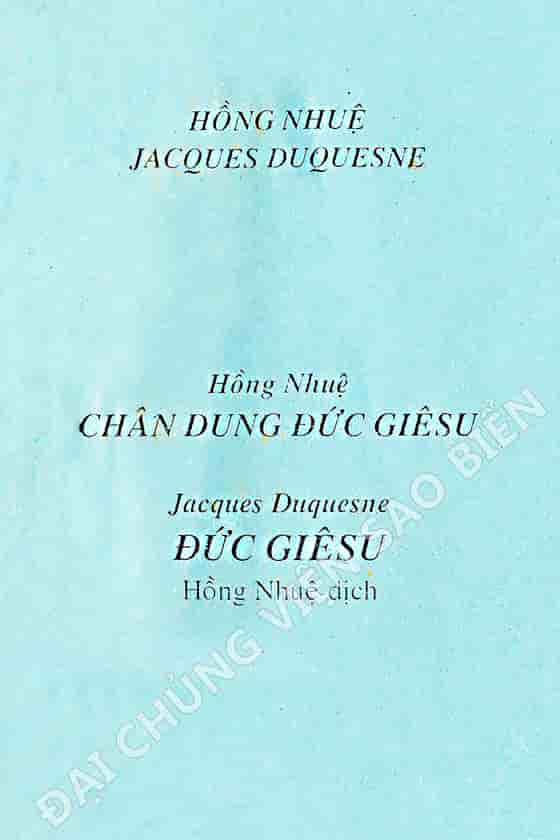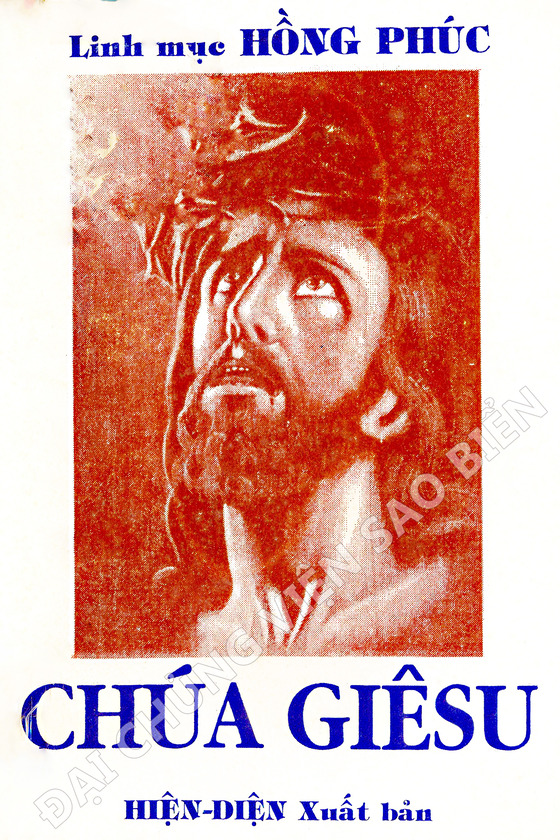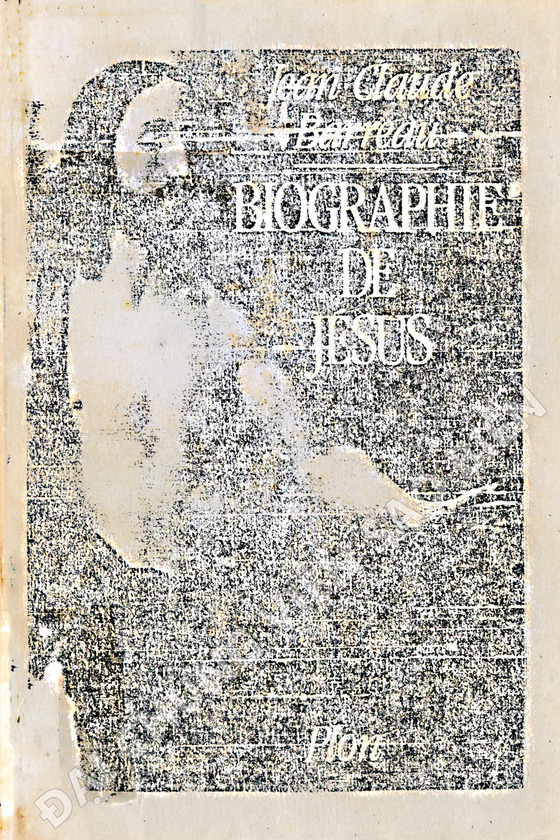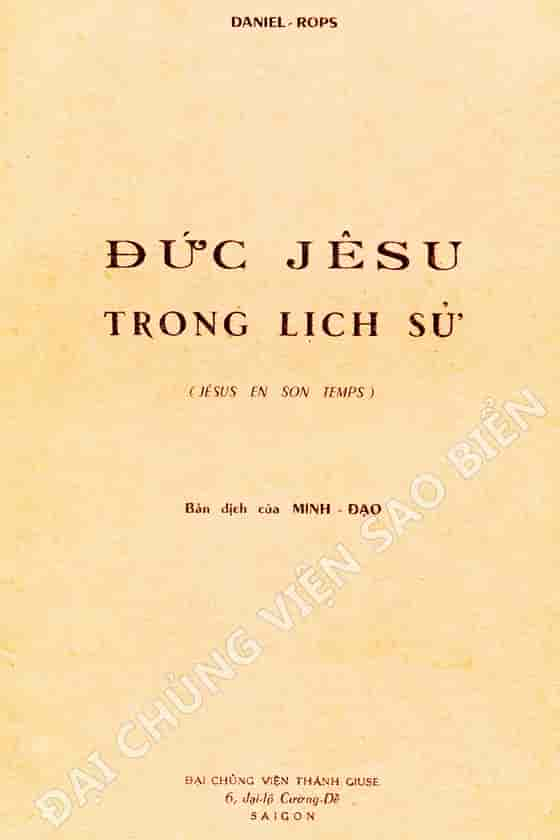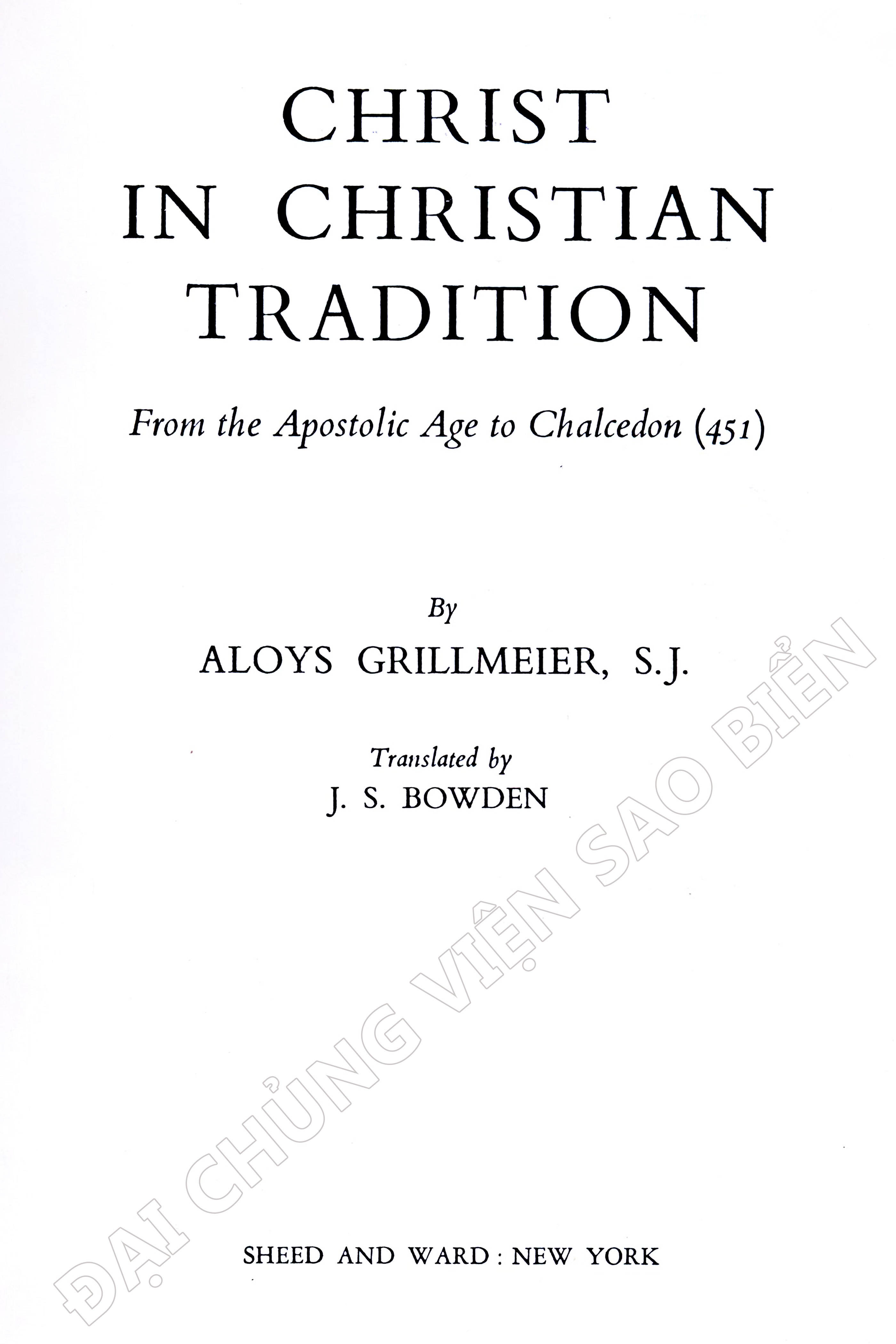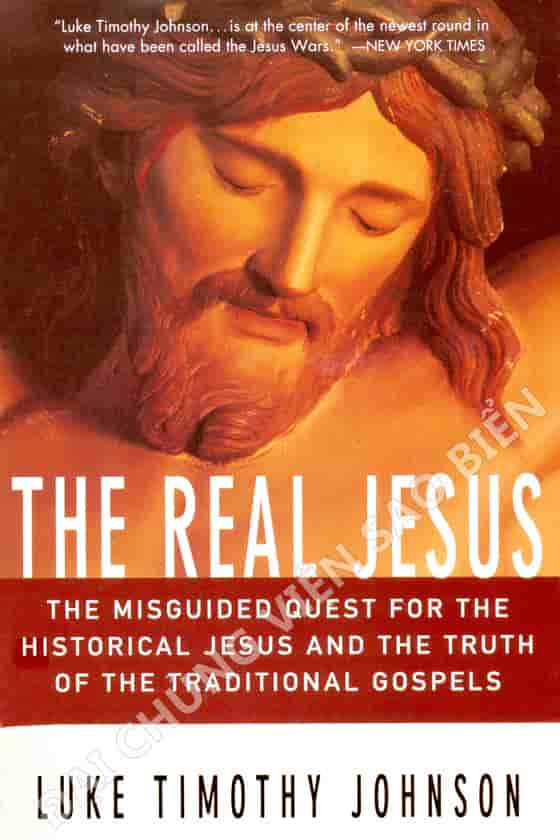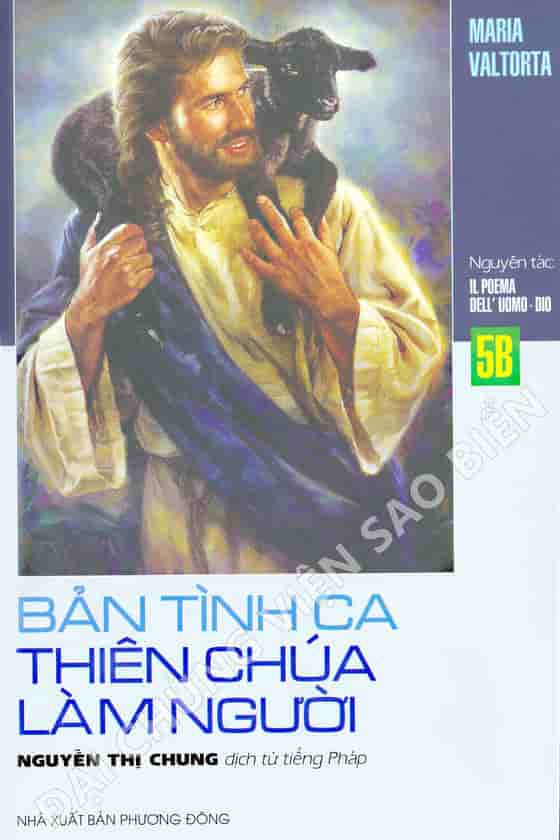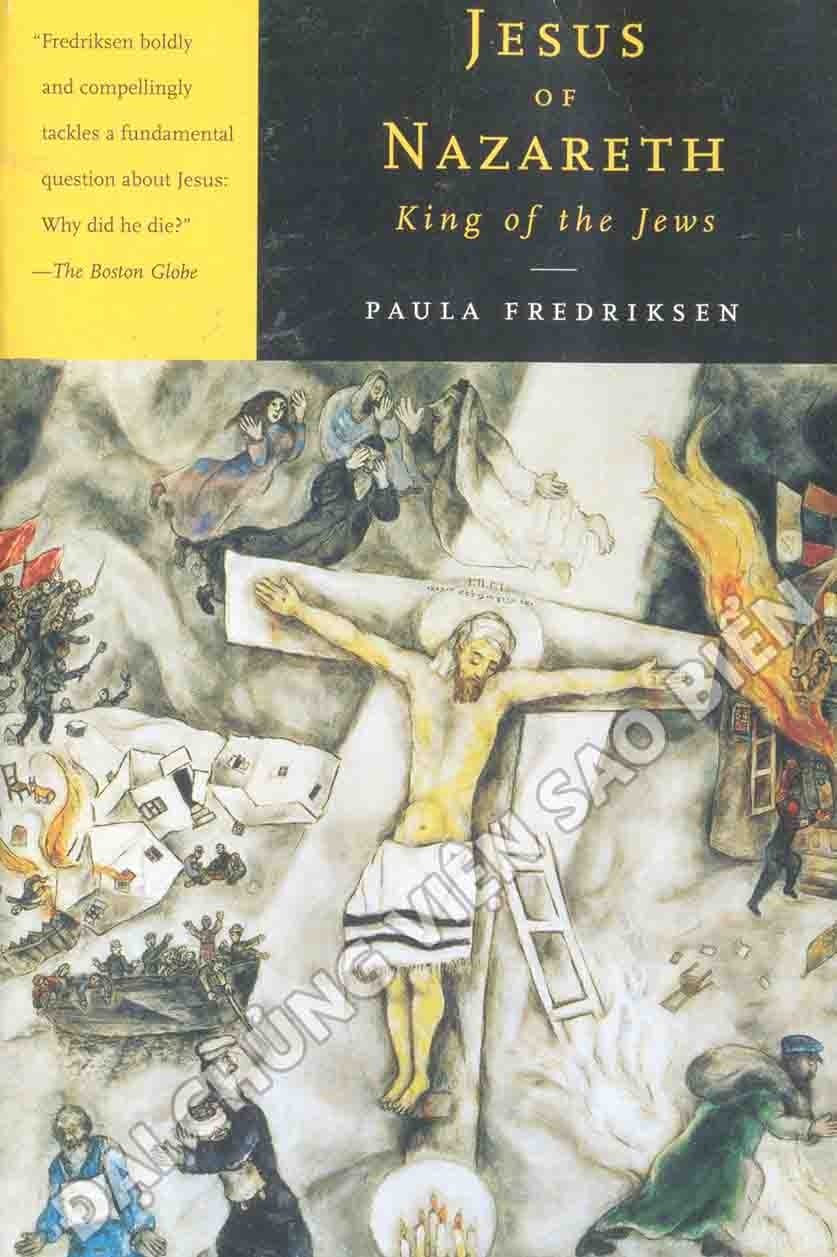| "The Fertile Crescent" |
1 |
| Introduction |
1 |
| PART ONE: CHRISTOLOGY IN PALESTINE AFTER CHALCEDON UNTIL THE RISE OF ISLAM |
|
| CHAPTER ONE: Palestine and its Christological Groupings after 451 |
5 |
| I. Jerusalem as Episcopal See and patriarchate |
5 |
| II. The Country and its Major Centres |
12 |
| III. Attitude of the Palestinian Monastics to Chalcedon (451-c.565) |
40 |
| CHAPTER TWO: The Concrete Faith in Christ of the Palestinian Church |
49 |
| I. The 'Solemn Mystery Play'- The Kerygma of Jerusalem |
49 |
| II. Three Great Monastic Fathers in Judea and their Christology |
64 |
| III. The Academics of Gaza and their Understanding of Christ |
82 |
| IV. The Christological Spirituality of the Ascetics of Gaza |
91 |
| V. The Christology of the Monks in the Sinai Region |
112 |
| CHAPTER THREE: A Synthesis of Palestinian Christology According to the History of Concepts and Formulas: Pamphilius the Theologian |
129 |
| I. Pamphilius the Man and his Work |
129 |
| II. Christology as Depicted in the Solutio of Pamphilius |
134 |
| III. The Neo-Chalcedonianism of Pamphilius |
144 |
| CHAPTER FOUR: Retrospect and Prospect |
151 |
| I. The Christological Profile of the Jerusalem Patriarchate |
151 |
| II. John of Scythopolis, Scholiast and Neo- Chalcedonian |
155 |
| III. John IV of Jerusalem and Relations with the Caucasian Churches |
160 |
| PART TWO: CHRISTOLOGY IN THE PATRIARCHATE OF ANTIOCH AFTER 451 TO THE END OF THE SIXTH CENTURY |
|
| SECTION ONE: The Patriarchate of Antioch in its Context |
171 |
| CHAPTER ONE: Extent and Organization of the Patriarchate of Antioch |
171 |
| I. On the External Organization |
171 |
| II Some Factors in the Historical Development of the Organization of the Patriarchate of Antioch |
174 |
| CHAPTER TWO: The Hierarchial Split of the Patriarchate of Antioch |
184 |
| I. Preliminary Remark |
184 |
| II. Establishment and Collapse of the Severan Hierarchy in the Patriarchate of Antioch |
185 |
| III. The Efforts of the Bishops John of Tella and John of Hephaistos |
187 |
| IV. The Establishment of the Anti-Chalcedonian Hierarchy by Jacob Baradeus |
189 |
| CHAPTER THREE: One Pre- Islamic Christianity among the Arabs in the Sphere of Influence of the Patriarchate of Antioch |
196 |
| I. Arabs with Roman Citizenship |
198 |
| II. The Nomads |
201 |
| CHAPTER FOUR: The 'School of Antioch' and its Theological School in the Area of the Patriarchate of Antioch |
218 |
| I. The 'School of Antioch' and its Theology |
218 |
| II. The School of Edessa |
236 |
| III. The School of Nisibis |
242 |
| IV. The "Nestorian' Educational Movement |
246 |
| CHAPTER FIVE: The Persian Debater Simeon of Beth Arsam and his Anti-Nestorian Position |
252 |
| I. The Persian Debater |
253 |
| II. The Letter on 'Nestorianism' |
255 |
| III. The Dogmatic Perspective of the Letter |
264 |
| CHAPTER SIX: The Tritheist Controversy in the Sixth Century and its Importance in Syriac Christology |
268 |
| I. On the Historical Development of Tritheism in Syria |
269 |
| II. The Theological Statement of the Tritheists |
276 |
| CHAPTER SEVEN: The Christological Positions of the Patriarchs occupying the Throne of Antioch |
281 |
| I. The Chalcedonian Period |
281 |
| II. The Turmoil around the Throne of Antioch. The Struggle for the Theopaschite Addition to the Trisagion: Peter the Fuller of Chalcedonian Patriarchs |
284 |
| III. Battle for the Doctrine of Two Natures and Chalcedon under |
292 |
| IV. The Chalcedonian Restoration after Severus of Antioch |
295 |
| SECTION TWO: Greek Theology |
298 |
| CHAPTER ONE: Pseudo-Dionysius the Areopagite |
298 |
| I. Dionysius' Approach to the Theological Reflection |
299 |
| II. Jesus Christ in the Dionysian Universe and its History |
311 |
| III. Jesus in the Liturgy and Sacraments of the Church |
321 |
| IV. Dionysius' Image of Christ |
326 |
| V. Final Remarks on Dionysius' Christology |
336 |
| CHAPTER TWO: Ephrem of Antioch and His Neo- Chalcedonism |
343 |
| I. His Personality and Actions |
343 |
| II. The Christological Position of Ephrem |
346 |
| CHAPTER THREE: Anastasius, 'the Great Bishop of Antioch' |
359 |
| I. Life and Works |
359 |
| II. Christological Positions in the Works of Anatasius |
362 |
| CHAPTER FOUR: A Christological Controversy among the Severans at the End of the Sixth Century- The Conversion of Probus anf John Barbur to Chalcedonism |
386 |
| I. The Fragmentation of the Anti- Chalcedonians in the Second Half of the Sixth Century |
386 |
| II . The Report of Dionysius of Tell-Mahre |
389 |
| III. The Probus Dossier |
392 |
| IV. The Sophist Stephen of Alexandria |
413 |
| V. Concluding Remarks. |
417 |
| SECTION THREE: Syriac Theology |
419 |
| Introduction: On Syriac Christology before Chalcedon |
419 |
| A Retrospect: Christological Problems and Basic Ideas |
410 |
| CHAPTER ONE: The Christology of Jacob of Sarug |
430 |
| I. Jacob's Christology: History of Research |
432 |
| II. The Christology of the Letters |
435 |
| III. The Christology og the Mimre |
456 |
| IV. Conclusion |
475 |
| CHAPTER TWO: The Christology of Philoxenus of Mabbug |
478 |
| I. The Basic Structure: The Relationship Between the Divine Nature and the Economy of Salvation |
483 |
| II. Christology, Trinity, and the Divine Becoming |
489 |
| III. The Reality of the Oikonomia |
502 |
| IV. The Union of Divinity and Humanity in Christ |
511 |
| V. Christology and Soteriology |
524 |
| VI. Christology and Knowledge |
535 |
| VII. Conclusion. |
543 |
| CHAPTER THREE: From the Controversy on 'Unus ex Triniate passus est': The Prostest of Habib against Philoxenus' Epistula dogmatica to the Monks |
545 |
| I. Indotruction |
545 |
| II. Habib's Mamlela or Treatise in Philoxenus' Two Refutations |
554 |
| III. On Some Aspects of Habib's Treatise |
606 |
| Retrospect and Prospect |
621 |
